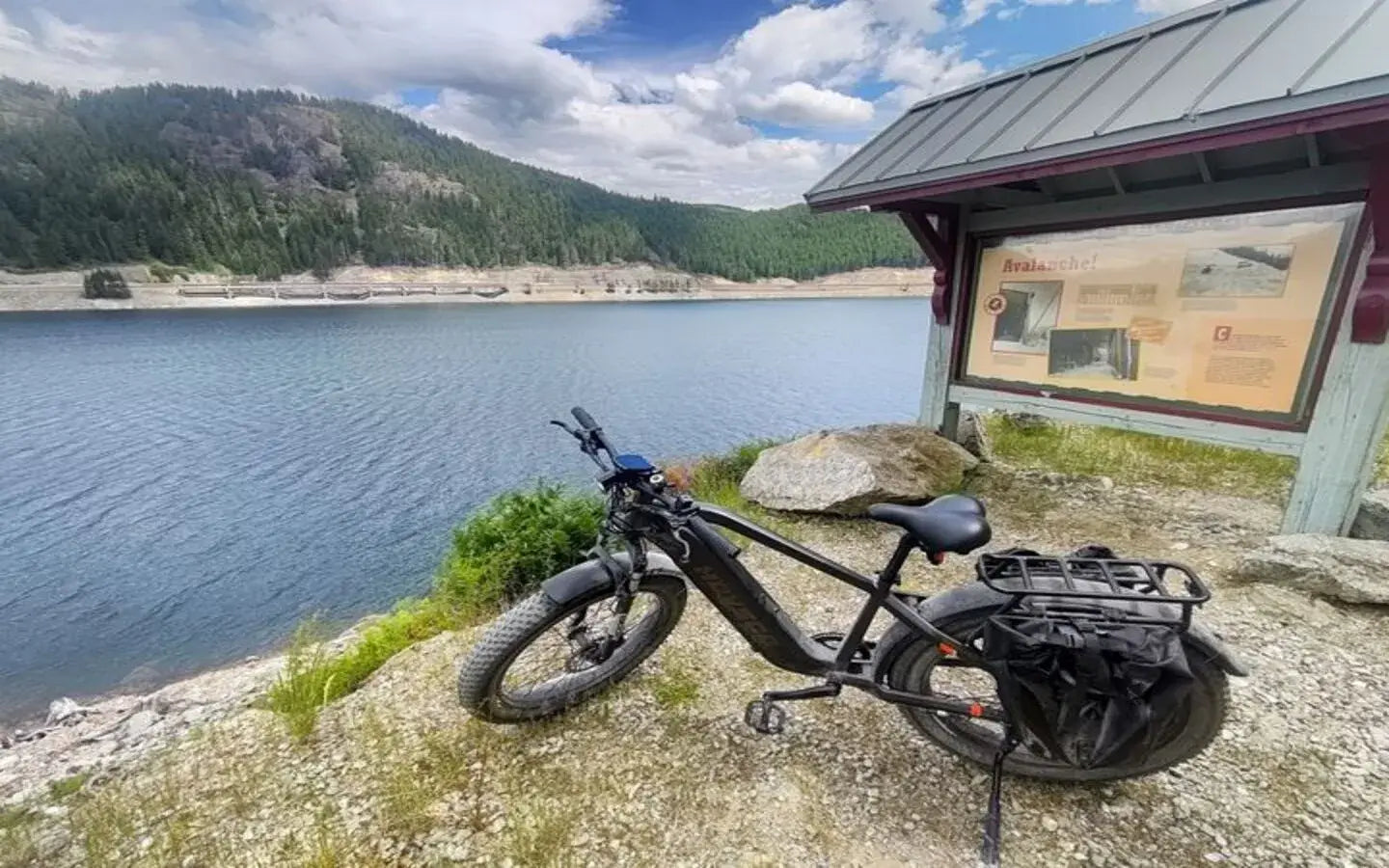
- by LiuJiazhu
Are Child-Friendly Electric Bike Seats Available With Extra Padding?
- by LiuJiazhu
Child-friendly electric bike seats with extra padding are widely available, designed to prioritize safety and comfort for young riders. These seats use high-density foam or gel padding to absorb vibrations and reduce pressure points during rides. Key features often include adjustable straps, water-resistant covers, and reinforced side bolsters for stability. Ensure the seat complies with safety certifications (e.g., CPSC or ASTM) and matches your e-bike’s mounting system for secure installation.
A child-friendly e-bike seat combines ergonomic design, impact-absorbing materials, and safety certifications. Extra padding typically involves layered foam or gel inserts in critical areas like the seat base and backrest. For example, memory foam adapts to a child’s posture while riding, while reinforced edges prevent lateral slipping. These seats often integrate quick-release buckles and reflective elements for added security.
Extra padding reduces pressure on a child’s tailbone and thighs, especially during long rides or on uneven terrain. High-resilience foam maintains shape under repeated use, while moisture-wicking covers prevent discomfort from sweat. For instance, gel padding in the seat base mimics shock absorbers, minimizing vibrations transmitted from the bike. Combined with a non-slip surface, this design prevents shifts in posture that could lead to falls.
Common materials include high-density polyurethane foam, thermoplastic elastomer (TPE) gel, and neoprene fabric. Polyurethane foam offers durability and weight distribution, while TPE gel provides superior vibration dampening. Neoprene resists water and UV damage, ideal for outdoor use. Some premium models use breathable mesh panels to enhance airflow, reducing heat buildup during rides.
| Material | Benefits | Limitations |
|---|---|---|
| Polyurethane Foam | Lightweight, cost-effective | Compresses over time |
| TPE Gel | Excellent shock absorption | Heavier, higher cost |
| Neoprene | Weather-resistant | Less breathable |
Installation requires aligning the seat’s mounting brackets with your e-bike’s rear rack or frame tubing. Use torque wrenches to tighten bolts to the manufacturer’s specifications—typically 4–6 Nm. For maintenance, clean the padding with mild soap and water, avoiding harsh chemicals that degrade foam. Inspect straps monthly for fraying, and replace worn buckles immediately. Lubricate adjustable hinges with silicone spray to prevent stiffness.
Yes, reputable seats meet standards like CPSC 16 CFR 1512 (mechanical integrity) and ASTM F1625 (impact resistance). These certifications ensure the seat withstands dynamic loads up to 50 kg and prevents structural failure during sudden stops. Look for labels indicating compliance, and avoid uncertified products that may lack rigorous testing.
Consider universal clamp-on seats with adjustable mounting plates or trailer bikes that attach to the rear axle. Clamp-on seats use rubberized grips to secure to frames without dedicated racks, while trailer bikes function as independent pedal units. However, trailers require more storage space and may limit maneuverability in tight areas.
Match the seat’s dimensions to your child’s hip width and leg length. Most seats accommodate ages 3–8 (15–35 kg), but check the manufacturer’s guidelines for precise limits.
Can I add extra padding to an existing seat?Not recommended—aftermarket padding can interfere with harness systems and reduce structural integrity. Opt for a seat designed with sufficient padding from the start.
Are these seats compatible with all e-bike models?Most seats fit standard rear racks or frames, but consult your e-bike’s manual for weight limits and mounting specifications before purchasing.
Share:
Why Is HOVSCO Ebike a Leading Choice for Modern Riders?
Why Choose a Dual User Electric Bike With Child Seat Option for Modern Families?